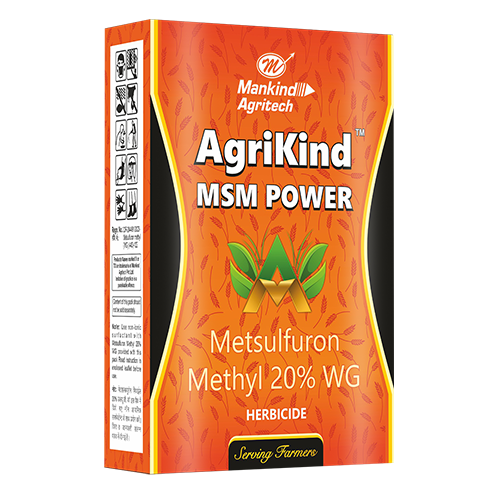Introduction and Significance
Okra, known locally as 'bhindi' or lady's finger, is one of India's most popular and economically important vegetable crops, grown across the country in both summer and rainy seasons. Its adaptability to warm climates makes it a staple vegetable, with states like Gujarat, West Bengal, and Bihar leading in its production. The economic value of okra stems from its high domestic demand and its potential as an export crop to markets in the Middle East and Europe. It is a relatively short-duration crop, providing quick returns to farmers, making it a favored choice for intercropping and crop rotation systems. Nutritionally, okra is highly regarded. It is low in calories but rich in dietary fibre, which aids digestion, and is an excellent source of Vitamin C, Vitamin K, and folate.
Common Problems Faced by Farmers
BROWSE ALL PRODUCTS
Copyright © 2025 Mankind Agritech. All rights reserved.







